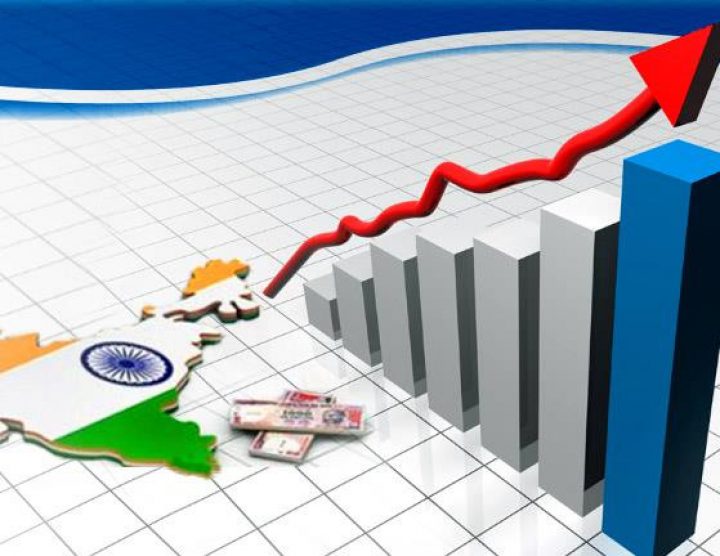
Indian economy no longer dependent on the oxygen of govt support
- 01.12.2017
- Indian Stock Market
- 0
September quarter GDP data shows that the non-government, non-farm part of the economy did rather well, growing by 6.8% in the quarter
The key question the GDP growth numbers for the September quarter were supposed to answer was: Has the Indian economy recovered from the ravages of the introduction of the goods and services tax (GST)?
Well, the overall number looks good, since gross value added (GVA) growth at constant prices has come in at 6.1%, against 5.6% for the June quarter. But some of the shine gets rubbed off because the growth rate got a boost from a lower base. While the 5.6% real GVA growth in Q1 of 2017-18 was on top of a 7.6% growth in Q1 last fiscal year, the Q2 real GVA growth of 6.1% was on top of a lower growth of 6.8% in Q2 last year. So, a jump in growth was expected and that was not only because of the base effect, but also due to the effect of restocking by businesses after the introduction of GST.
We knew from the strain on government finances and its rising fiscal deficit that it couldn’t keep up its level of support for the Indian economy. As expected, therefore, the rate of growth of government expenditure fell sharply in the September quarter. Also, agricultural growth had a high base last year and it too decelerated. What is heartening is that the non-government, non-farm part of the economy did rather well, growing by 6.8% in the September quarter, compared to 5.5% in the June quarter and a paltry 3.8% in the March quarter. Indeed, this part of the economy grew at a higher
rate in the September 2017 quarter, compared to the September 2016 quarter. True, this figure too has been boosted by a benign base effect. Nevertheless, the Indian economy is no longer dependent on the oxygen of government support.
The construction industry has seen a small improvement, with growth going up from 2% in Q1 to 2.6% in Q2. Taken in conjunction with the dismal 1.7% growth in agriculture, it’s a reflection of the problems being faced by the poorer sections of the people, since these are the two main sources of livelihood for them.
The expenditure side numbers show that gross fixed capital formation growth picked up to 4.7%. That’s not much and the concern is that with the government probably having to curtail its expenditure to keep the fiscal deficit in check, capex in the second half may be affected.
Consumption growth slowed in the September quarter and it has been steadily decelerating for several quarters. Growth in private consumption was the lowest in the last eight quarters.
What of the future? Government expenditure will be constrained even further for the rest of the fiscal year, so the boost has to come from the private sector. The slowdown in private sector services is also a problem. The manufacturing sector did well during the September quarter, but we need to see how much of that is due to a restocking bounce. Exports should do much better, as they recover from the problems they faced with GST and because global trade is reviving. And the favourable base effect will continue to help with the growth optics, particularly in the March quarter.
Will the lower-than-expected growth lead to lower interest rates from the central bank? The Reserve Bank of India (RBI) has to worry about rising global interest rates, and rising oil and commodity prices. Besides, if the slowdown in the economy is temporary, as the government has said many times, then is it necessary to provide a stimulus?
So yes, the economy is recovering from the twin traumas of demonetization and GST, but the bounce hasn’t been as strong as expected—RBI had projected real GVA growth to increase by 6.4% in the September quarter.
source: livemint.com
Categories: Depository and Participants, Derivatives, Indian share market, money
Comments
Sorry, comments are closed for this item.
